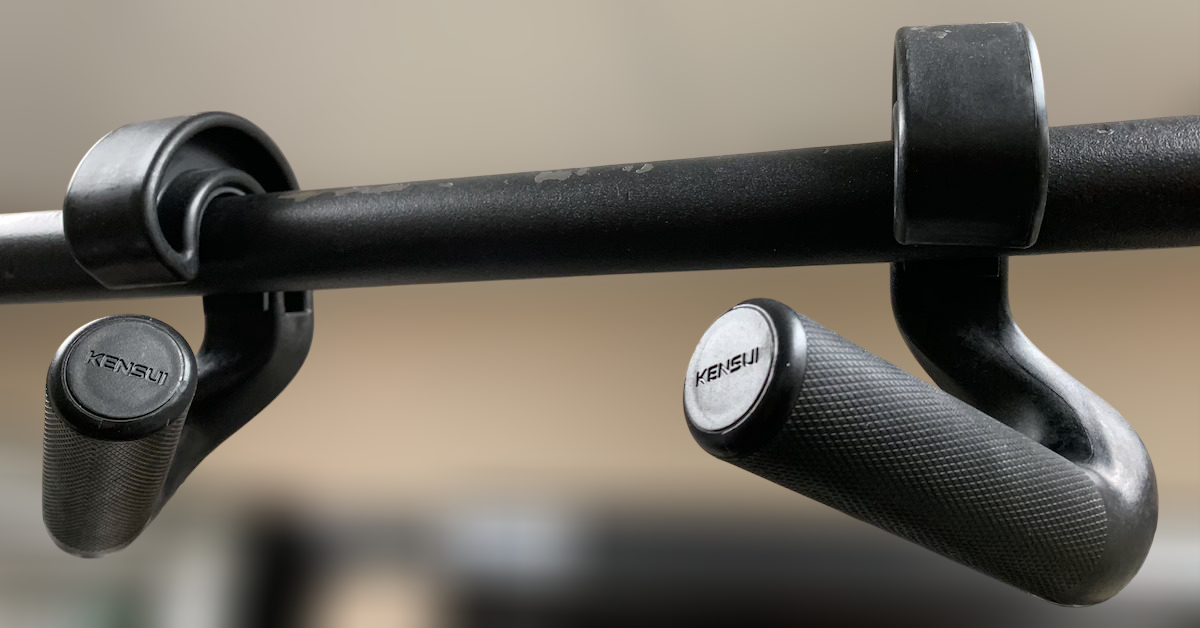Research can provide golden information to health and fitness professionals. If you’re a personal trainer, here are some recent findings to help you stay ahead of the pack:
Resistance Exercise is Effective for Cancer Patients
Resistance exercise is effective to increase lower-limb muscular strength, increase lean body mass, and decrease body fat in cancer patients undergoing neoadjuvant and adjuvant therapy regardless of the kind of treatment.
Source
Note: Resistance exercise is also a safe and effective approach for cardiac rehab patients — read more here.
Rest Interval Length and Low-Load Training
In conclusion, our results suggest that acute hormonal responses, as well as chronic changes in muscle hypertrophy and strength in low-load training to failure are independent of the rest interval length.
Source
Note: This study supports the effectiveness of the wait lift method, particularly for hypertrophy when using lighter loads to failure.
Save Your Creatine for the Right Time
Creatine supplementation prior to and during leg immobilization does not prevent or attenuate the loss of muscle mass or strength during short-term muscle disuse.
Source
Note: Creatine remains one of the most effective supplements for increasing lean mass and performance — just be sure to use it properly. Save it for higher-volume training phases and take it post-workout (see page 23 of Mass Explosion for details).
Prediction Accuracy of the Functional Movement Screen (FMS)
Despite previous research showing links between low FMS™ composite scores and subsequent injury, these results suggest the FMS™ cannot accurately predict a male soccer player’s likelihood of receiving a non-contact injury…
Source
Note: For my take on the FMS and how I approach functional assessments, click here.
Improve Posture with a Corrective Exercise Program
A 16-week resistance and stretching training program decreased forward head and protracted shoulder postures in adolescents.
Source
Note: Effective corrective exercise involves both stretching tight muscles and strengthening weak ones. Learn how to do it here.
Wearable Resistance Training and Sporting Performance
Wearable resistance training provides a novel training method with potential to improve sporting performance; however, research in this area is still clearly in its infancy…
Source
Note: When performing movements like step-ups, split squats or lunges, heavy barbells or dumbbells can cause your arms and shoulders to fatigue before your legs. Try using a weighted vest with lighter barbells or dumbbells instead.

Upgrade Your Pull-Ups with Swissies-SP Handles
Pull-ups are one of the best exercises for building back and arm strength—but not all pull-up bars are created equal.

No Time to Walk After a Meal? Do This Instead!
By now, most people know that getting in daily steps is essential for overall health. In particular, taking a short

Stay Fit on the Fly: No-Excuse Workouts for Travelers
One of the biggest challenges people face when traveling is maintaining their exercise routine. The two most common excuses? Lack
follow
Error: No feed with the ID 2 found.
Please go to the Instagram Feed settings page to create a feed.
